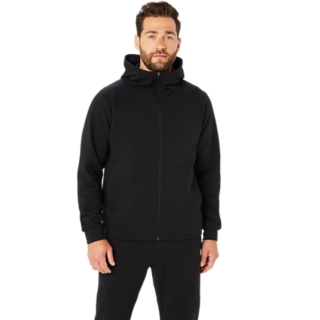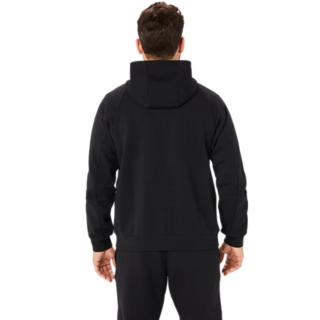
Why Is Stretching Critical to Your Workout?
January 11, 2024
Find out why stretching before and after your runs is essential to conditioning, reducing soreness and increasing flexibility and comfort. Discover 10 stretches to get you started.
Why Is Stretching Critical to Your Workout?
If you’re a beginning runner, you may be unsure whether or not stretching is valuable for your health and performance. Many people stretch when they feel soreness or think they need it as an antidote to any discomfort. However, stretching before and after your runs has a significant impact on your flexibility and comfort. Stretching has a number of benefits, no matter what level of experience or performance you’re at. It can decrease the risk of injury and strengthen smaller muscles for stability, and consistent routines over a period of time may increase recovery and thus improve performance in your sport.
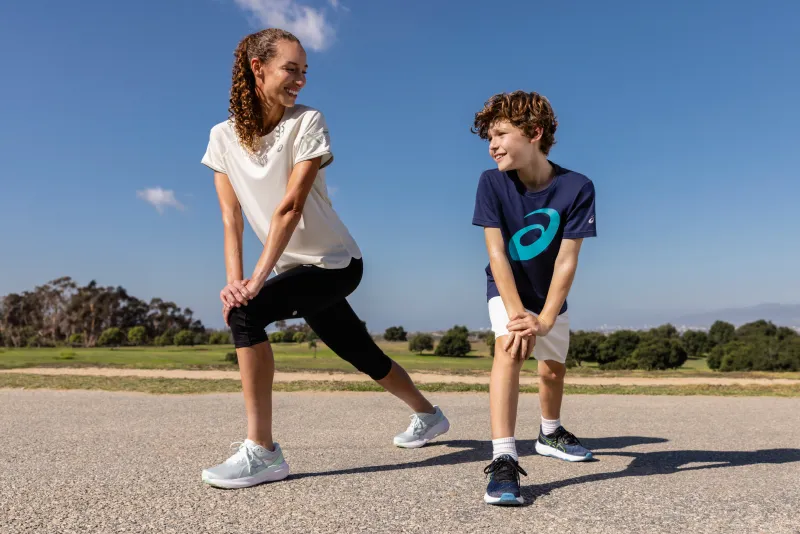
The Importance of Stretching
Stretching can improve flexibility and help maintain better overall function and muscle strength. Stretching allows runners to work the range of motion of muscles and joints. When muscles are not stretched, they become shorter and tighter, which can cause pain, soreness, or discomfort. This type of tightness can lead to injury, pain, and chronic soreness, which can impede your activity level and overall fitness.
This is because when muscles are tight and are called upon to move suddenly when running, they have to lengthen quickly and can become damaged from sudden movements. Warming up with a light jog and stretching before a run will allow the muscles to lengthen and be more functional for movement and resilience. Stretching after your run will reduce soreness and tightness that you would otherwise feel the day after. Muscle health is critical for proper function and performance.
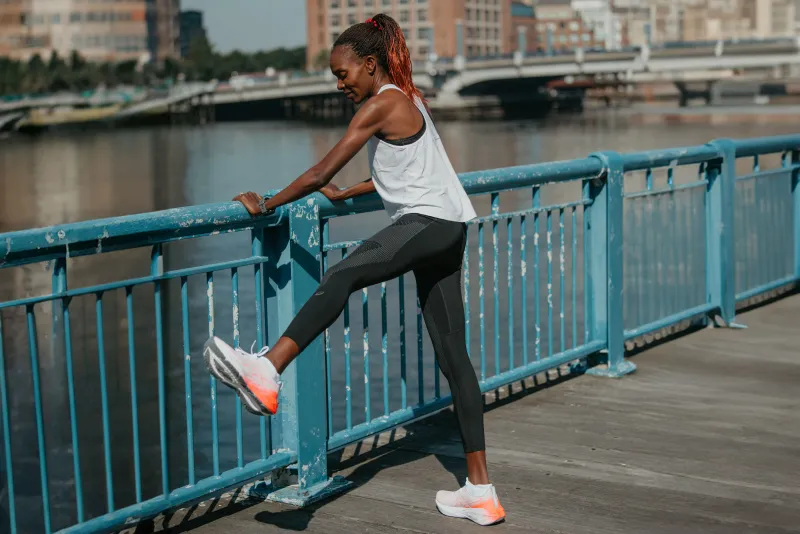
How to Get Started
Stretching out the lower body to start with, as well as the neck, shoulders, and back, can be extremely valuable to a runner. Make a habit of stretching before and after each run. For some extra help, you can seek out the advice of a personal trainer or physical therapist to guide you with stretching work that can benefit you and even help you devise a customized routine for your goals and fitness level.
Try these dynamic pre-run stretches:
- Arm swings: Stand tall and stretch arms out to your sides, parallel to the ground. Form small circles with your arms that gradually get larger and larger. Rotate your swings so your arms are in front of you as well as behind you. Continue for 30 seconds.
- Leg swings: While standing, swing your right leg back and forth for 30 seconds. Repeat with the left leg. You can swing your legs laterally in front of you as well.
- High knees: Bring your knees up high one at a time and slowly for 30 seconds. This can lead to jogging in place over time.
- Butt kicks: Stand in place and bend one leg back until your foot reaches your butt. Repeat with the other leg. Continue for 30 seconds.
- Windmill stretch: Engage the entire body by standing with legs shoulder width apart and arms outstretched. Bend down and cross over your body so your right hand touches your left toes. Repeat on the other side. Continue for 30 seconds.
For after your runs, try these post-run stretches:
- Calf stretch: Position your foot against a wall, curb, tree, or another stable surface so that your toe is above your heel. Lean forward to stretch your calf. Repeat with the other leg.
- Quad stretch: Support yourself by placing your hand on a stable surface and reaching back with the other hand to grab your foot that is bent to meet your glutes. Pull your foot to feel a long stretch in your quad. Repeat on the other side.
- Inner thigh stretch: Stand with feet more than shoulder width apart. Bend your left knee so you are leaning to the side and stretching your right inner thigh. Hold for 12 seconds and repeat on the other side.
- Outer hips stretch: Lie on your back and bend your knees. Cross one ankle on the opposite thigh and use your hand to slowly push your knee away from you. Repeat with the other leg.
- Hip flexor stretch: Kneel on the floor and bring your left knee up so your calf is perpendicular to the floor. Lean forward with your hands raised above your head to stretch your right hip flexor and thigh. Hold for 12 seconds and repeat on the other side.
Proper Form and Education
It is important to warm up the body before you start stretching so your muscles are loose and pliable and you don’t injure yourself by stretching a muscle that isn’t ready to move. You should perform these movements with the proper technique to get the full benefit and prevent unintentional injury or pain.
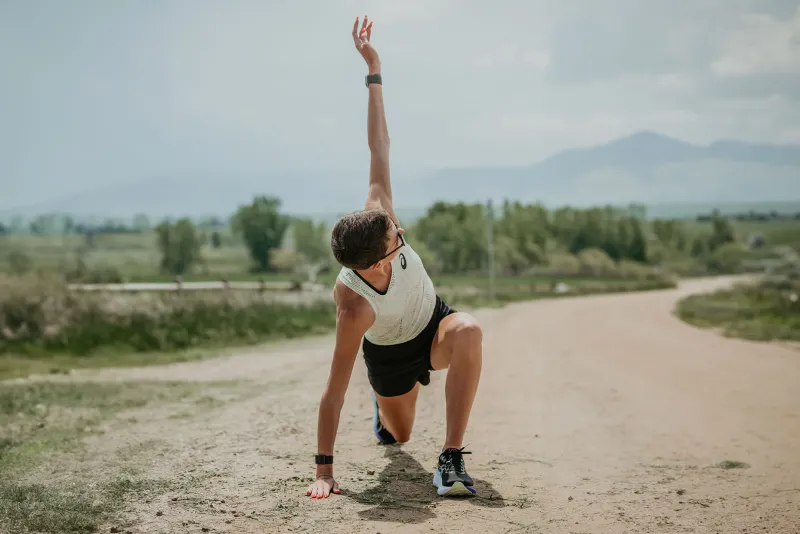
Implement Stretching Into Your Routine
Stretching has benefits whether you are an elite athlete or a beginning runner. People of all ages can find themselves feeling better and healthier. Stretching routinely can have a positive impact on your day-to-day life as well as during and after your runs. You may will likely find that your flexibility will increase, and small aches and pains may get better as you’re consistent with your plan. Before beginning a new exercise program, consult your healthcare provider.


